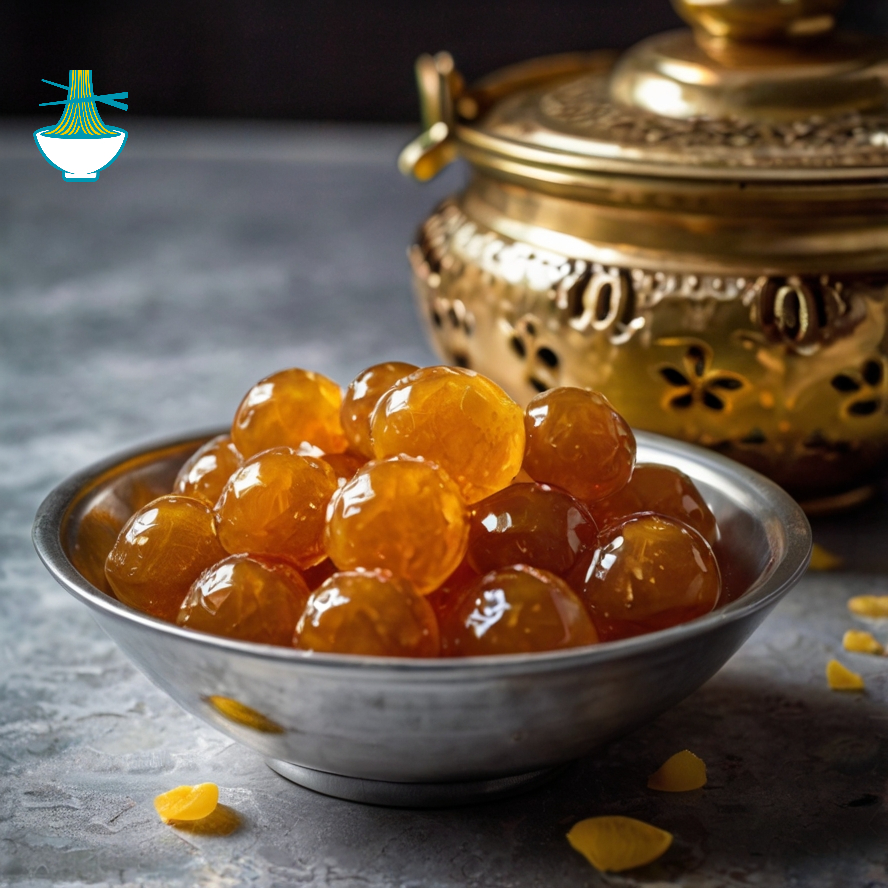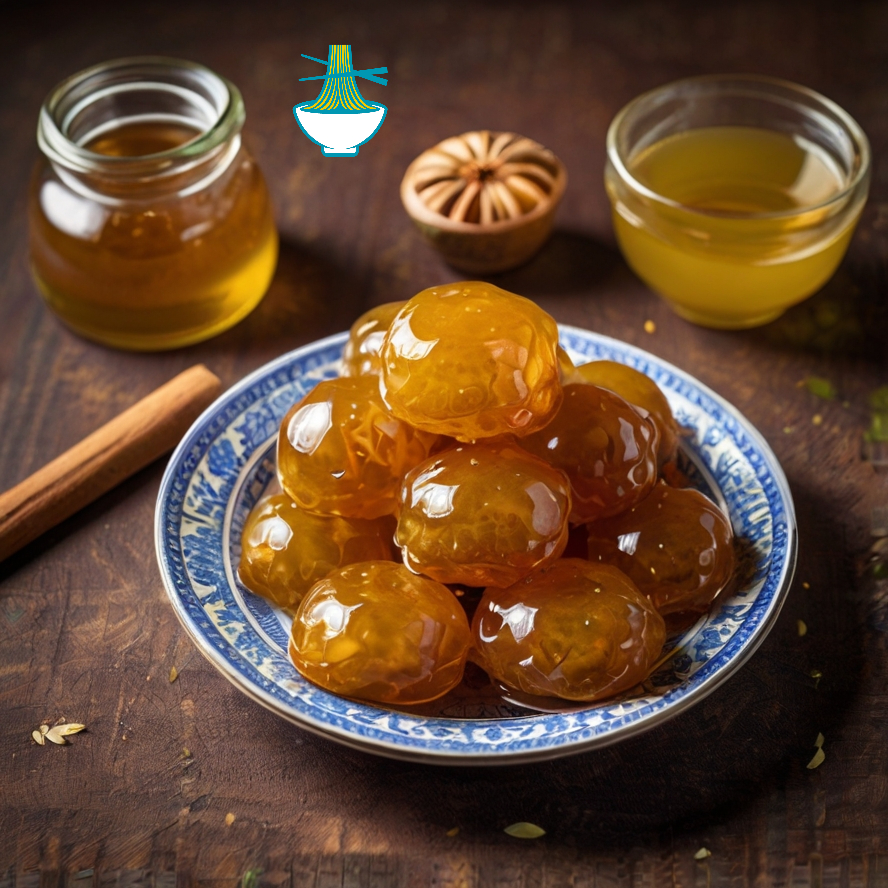Discover how to make Anjero Doolsho, a delicious sweet version of the traditional Somali Canjeero. This soft, spongy pancake is lightly sweetened and served with sugar or honey for a delightful treat. Perfect for breakfast or as a snack, this easy recipe brings a taste of Somali cuisine to your table. 
Ingredients:
- 2 cups all-purpose flour
- 1 cup semolina
- 1 ½ tsp active dry yeast
- 1 tsp sugar
- ½ tsp salt
- 2 ½ cups warm water
- Oil for greasing
- Sugar or honey, for serving
Instructions:
Prepare the Batter:
In a large bowl, mix the flour, semolina, yeast, sugar, and salt. Gradually add the warm water while whisking until you achieve a smooth, lump-free batter.
Rest the Batter:
Cover the bowl and let the batter rest for about 1-2 hours in a warm place, allowing the yeast to activate and the batter to rise slightly.
Cook the Anjero:
Heat a non-stick pan or griddle over medium heat. Lightly grease the surface with a small amount of oil. Pour a ladleful of batter onto the pan and spread it into a circle, about the size of a pancake.
Cook Until Bubbles Form:
Allow the anjero to cook for 2-3 minutes until bubbles appear on the surface and the edges are slightly dry. You only need to cook one side.
Serve:
Remove from the pan and serve warm. Drizzle with sugar or honey for a sweet touch.
Notes:
Anjero Doolsho can be paired with tea or enjoyed on its own for a light, sweet breakfast or snack.
Nutritional values
All-Purpose Flour (2 cups)
- Calories: About 364 kcal
- Carbohydrates: 76 grams
- Protein: 10 grams
- Fat: 1 gram
Benefits:
- Provides a source of carbohydrates and protein, essential for energy. Used as the base for many baked goods.
Semolina (1 cup)
- Calories: About 360 kcal
- Carbohydrates: 73 grams
- Protein: 12 grams
- Fat: 1 gram
Benefits:
- Semolina is rich in carbohydrates and protein. It adds a slightly gritty texture and is commonly used in baking and pasta.
Active Dry Yeast (1 ½ tsp)
- Calories: About 325 kcal
- Carbohydrates: 45 grams
- Protein: 35 grams
- Fat: 7 grams
Benefits:
- Yeast helps dough rise by producing carbon dioxide. It’s a source of B vitamins and protein.
Sugar (1 tsp)
- Calories: About 387 kcal
- Carbohydrates: 100 grams
- Protein: 0 grams
- Fat: 0 grams
Benefits:
- Adds sweetness and provides energy. Used to activate yeast and enhance flavor.
Salt (½ tsp)
- Sodium: About 38,000 mg
Benefits:
- Enhances flavor and balances other ingredients. Essential for fluid balance and nerve function but should be used in moderation.
Warm Water (2 ½ cups)
- Calories: 0
- Carbohydrates: 0 grams
- Protein: 0 grams
- Fat: 0 grams
Benefits:
- Helps to dissolve yeast and blend ingredients. Vital for activating yeast and ensuring a smooth dough.
Oil for Greasing
- Calories: About 884 kcal (for vegetable oil)
- Carbohydrates: 0 grams
- Protein: 0 grams
- Fat: 100 grams
Benefits:
- Used to prevent sticking and to add moisture to the dough. Choose oils with healthier fat profiles.
Sugar or Honey, for Serving
Sugar:
- Calories: About 387 kcal
- Carbohydrates: 100 grams
- Protein: 0 grams
- Fat: 0 grams
Benefits:
- Adds sweetness to the finished product. Provides quick energy but should be consumed in moderation.
Honey:
- Calories: About 304 kcal
- Carbohydrates: 82 grams
- Protein: 0.3 grams
- Fat: 0 grams
Benefits:
- Natural sweetener with antioxidants and trace nutrients. Provides a distinct flavor and can have antimicrobial properties.
This combination of ingredients is typically used for making dough for bread or pastries. All-purpose flour and semolina provide structure and texture, while yeast causes the dough to rise. Sugar helps activate the yeast and adds sweetness, salt enhances flavor, and warm water binds everything together. Oil is used for greasing to prevent sticking, and sugar or honey can be added for extra sweetness.


Comments